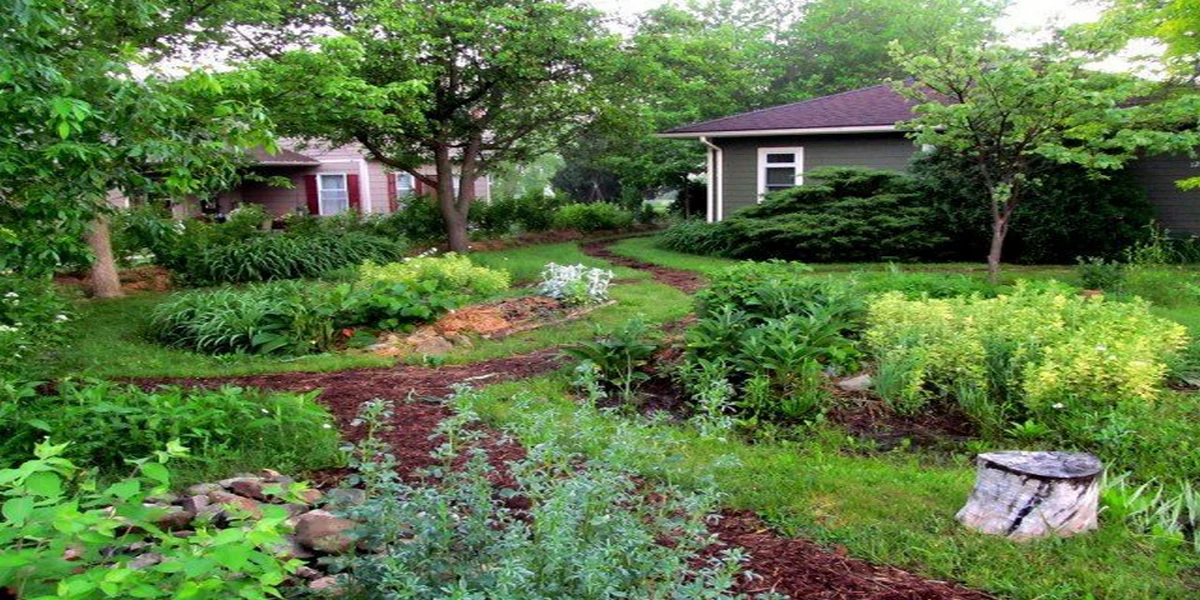After transforming a neglected urban backyard into a thriving homestead with vegetables raised hens and compost systems i realized that permaculture design was the natural next step urban homesteading goes beyond gardening and chicken keeping it becomes a way to work with nature rather than against it in this post i will show how i began weaving permaculture design principles into my small backyard farm and how it helped me maximize health yield and sustainability within tight urban limits
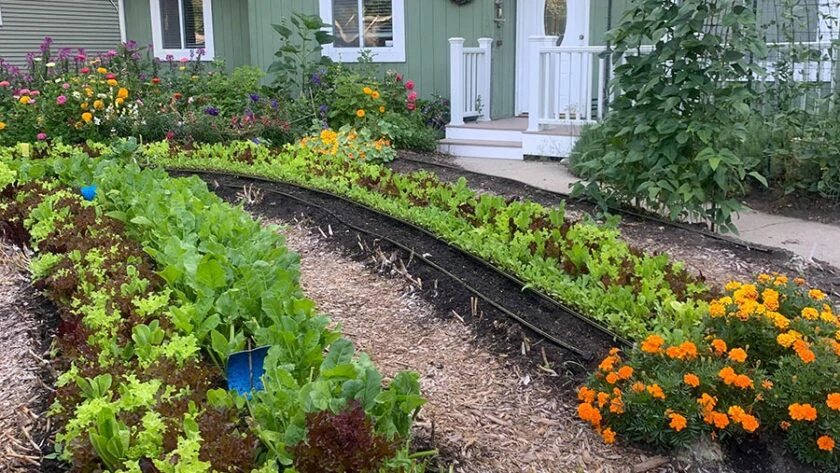
Growing up americans rarely think about soil cycles natural patterrns or long term resilience but when i began composting food scraps from the kitchen and watching my heens scratch and fertilize the ground i caught a glimpse of an ecosystem at work Then when i started planting companion crops harvesting rainwater and letting edible perennialss spread i knew i was moving toward true permaculture design my garden is now a living model illustrating how small patches of urban land can become productive ecological systems
Permaculture taught me to observe the land and plan zoning without high fences or over engineered structures i studied my backyard sunlight patterns wind direction shade and soil moisture i placed a rain barrel near the coop to catch runoff from the roof and piped overflow downhill into a raised herb bed i added pathways of wood chips so i could walk without compacting the soil and let compost fall naturally into planting zones this gentle flow supports biodiversity from worms to pollinators
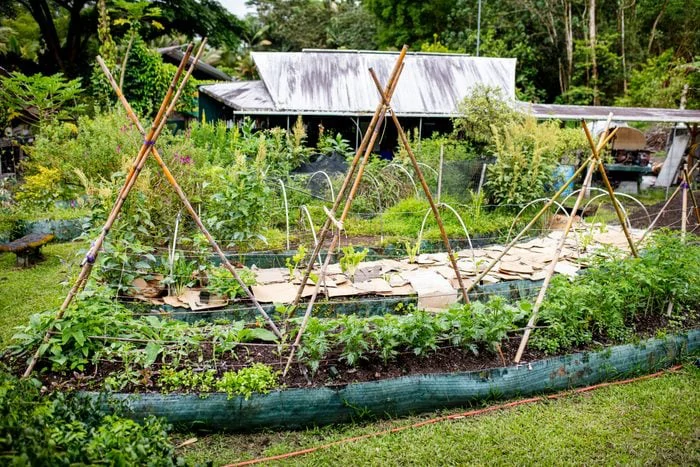
My chickens became integrated not as afterthoughts but as core elements they forage in areas that i rotate regularly so they till the soil plant residue breaks down and pests are reduced chickens scratch and deposit nitrogen rich manure and insects leave behind eggshells and leaves to enrrich the compost zone that feeds back into garden beds i learned that a healthy permaculture garden uses animals as allies to cycle nutrients and reduce reliance on external feed
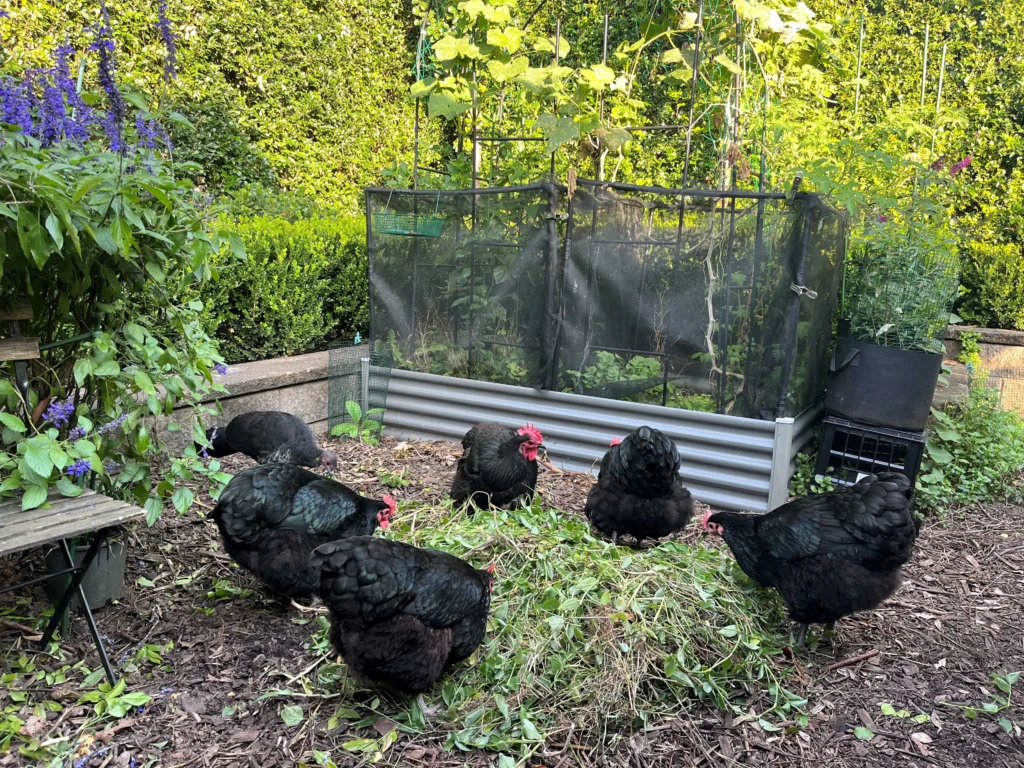
Plant selection changed as well My first garden had tomatoes lettuce peppers and herbs but in permaculture I added perennial plants dwarf fruit trees berry bushes native flowers and nitrogen fixing cover crops I planted comfrey near the coop so that chickens scratch and compost knock it back and I harvest leaves to make compost tea that boosts soil life I scattered nasturtium and marigold to attract beneficial insects and deter pests My planting decisions were guided by companion planting principles and zones of care I placed deeply rooted plants in zone 1 so I can reach them easily and water them often whereas less demanding shrubs or natives were in zones further away
Water harvesting became essential I installed a drip irrigation line from the rain barrel that waters daily zones in dry summer months with minimal effort i layered mulch everywhere from wood chips straw to dried leaves to retain moisture suppress weeds and feed soil microbes slowly as they break down i even built a tiny swale to redirect overflow away from the coop into a pocket garden where mint basil rosemary and kale grow lushly the combination of rainwater catchment drip irrigation and swale runoff keeps the plot thriving with little manual watering

Lessons from raising chickens previously taught me hygiiene matters my coop cleaning routine now becomes part of the permaculture cycle Chicken bedding and droppings go directly into compost piles or feed low maintenance plants like comfrey banana plants or fruit trees rather than waste bins i avoid clutter and damp conditions by following a simple rotation routine cleaned fresh straw weekly during warmer months and deep litter layering in winter it keeps odors away benefits soil and supports a balanced environment
Over time the ecosystem matured i noticed bees and pollinators arriving flowers bloomed more birds and insects created microhabitats even frogs appeared near shaded garden corners the soil improved its structure pores hold water longer roots penetrate deeply and crops resist disease naturally the mental reward of seeing your own backyard transform into an edible landscape gives a sense of independence and ongoing satisfaction
Integrating permaculture also led me to redesign the layout of my garden pathways beds and coop position i moved the compost bins into a central hub next to the rain barrel and near the vegetable beds so wheelbarrow trips are minimized i sharpened the planting calendar to sow cover crops during off season and rotate chickens on finished beds so each area rests and regenerates this cyclical rhythm mimics natural succession and improves long term yield
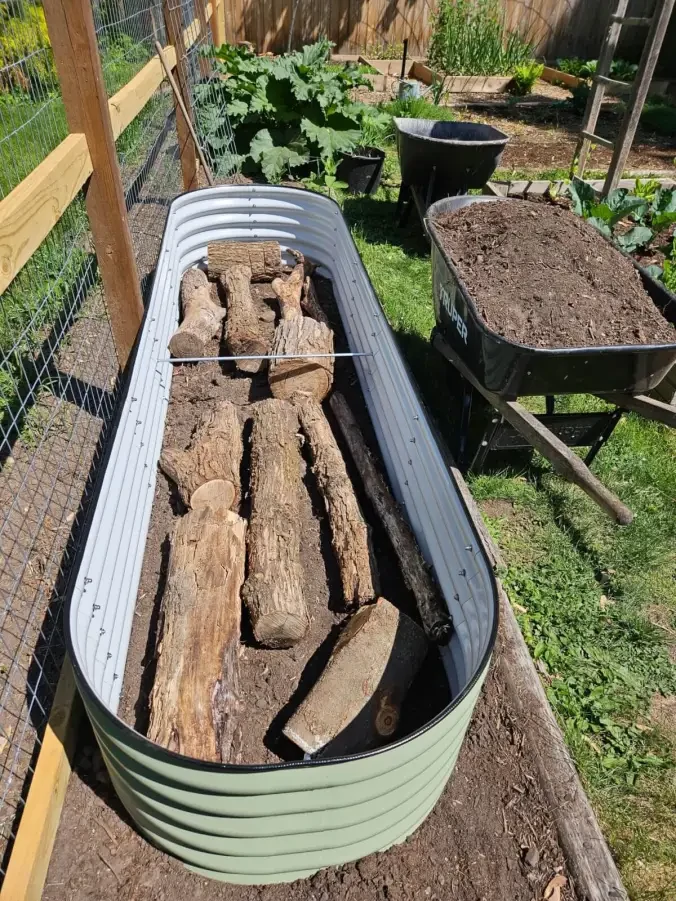
Developing this permaculture enhanced backyard farm has not been without its challenges i needed trial and error to balance sun exposure shade water runoff and plant timing i had seasons when cover crops overtook veggies or chickens scratched too roughly requiring temporary fencing fixes when my first fruiting perennial failed because of heavy shade i had to adjust tree location with each failure i learned that flexible observation and adaptive adjustment are permaculture in action
Now i harvest herbs leafy greens eggs fruit and compost tea all from this compact urban landscape my utility bills dropped as my household waste shrank My grocery bills lowered and my local resilience increased i know from experience that even in a dense neighborhood you can achieve a thriving homesteading system that respects water energy soil cycles and biodiversity
If you ve read my earlier articles about starting your urban garden and adding chickens then this post shows how to weave them all into a living permaculture design For more on composting techniques i will soon share my method for composting without a bin and how to manage kitchen scraps more efficiently for soil building You can stay tuned to farmsolo permaculture design section
Urban backyard permaculture might sound big in concept but even a single raised bed and a coop can begin the process by observing patterns rotating plants using animals thoughtfully harvesting rainwater and minimizing waste you build a self sustaining system that keeps giving year after year the heart of homesteading lives in these principles and within your small plot urban permaculture offers not only food but independence abundance and ecological harmony

